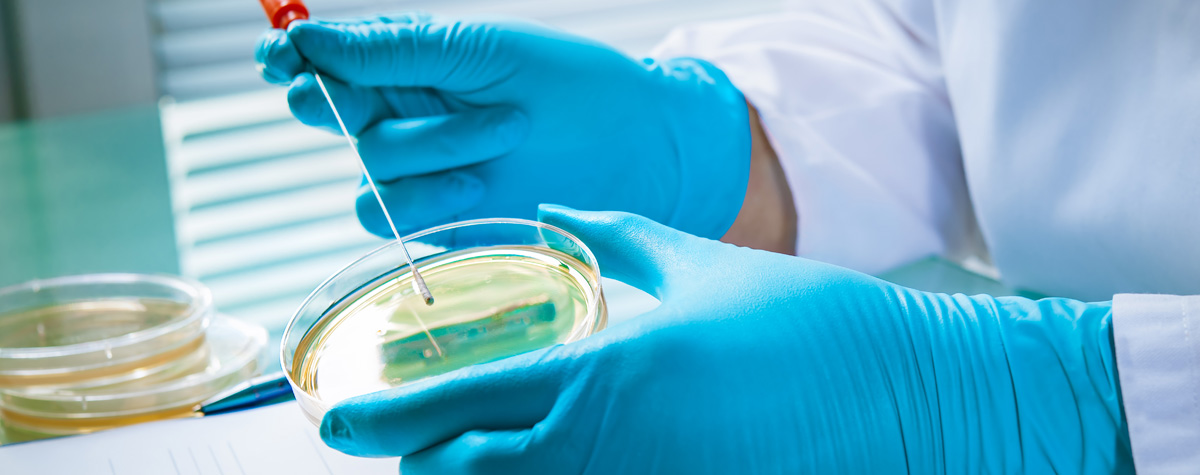The key motivators include the challenge to come up with new fungicide chemistry to manage resistance issues, concerns over environmental impacts and persistence, concern over human health for both workers and consumers and, of course, the associated increase in the influence of organics in the marketplace. New research is also highlighting potential issues with fermentation and wine quality.
A somewhat hidden driver of these motivations is simply our capacity to measure more accurately. By way of example, let’s say a specific wine market has not defined a maximum residue limit for a specific fungicide in wine. In the past the laboratory results were below the limit of detection at the mg/L level and therefore determined to be technically free of residues. However, if modern technology reduces the limit of detection by two orders of magnitude down to ng/L, a residue is detected and we have a problem.
A recent study on residues in organic and conventionally grown table grapes sold in the north European market highlights this problem. (Fungicide residues were also found in the organic grapes by the way.)
| Table grapes | Sample No. | No. >LOQ | %>LOQ | No. >MRL | %>MRL |
|---|---|---|---|---|---|
| Conventional | 1202 | 966 | 80.4 | 22 | 1.8 |
| Organic | 41 | 4 | 9.8 | - | - |
MRL: Maximum residue level
The above incidence rates are right up there with strawberries, pome fruits and citrus.
'The problem is therefore political'To be fair to the chemical companies, these residues may also be 2-3 orders of magnitude below the levels that may cause human health issues, even from long-term consumption of a “contaminated” wine. The problem is therefore political, unless someone does not follow the label instructions of course!
The wine industry worldwide is responding by increasing withholding periods for the application of more persistent fungicides. The chemical companies are also responding by investing in organism versus pathogen technologies.
An extremely interesting area of wine research is the application of bacteria, ie. Bacillus subtilus and even wine yeast – Saccharomyces cerevisiae – as biological controllers of Botrytis bunch rot and other common disorders in field. The efficacy of these treatments is being investigated along with the potential effects on the environment and wine quality.
Perhaps in the future it will become standard practice to apply biologicals pre-harvest to control disease and pre-inoculate must. A word of caution however: we are just at the beginning…
James Wright is an international viticulture and management consultant and author of www.vitisynth.com and the newsletter VitiSynthesis.













.png)






